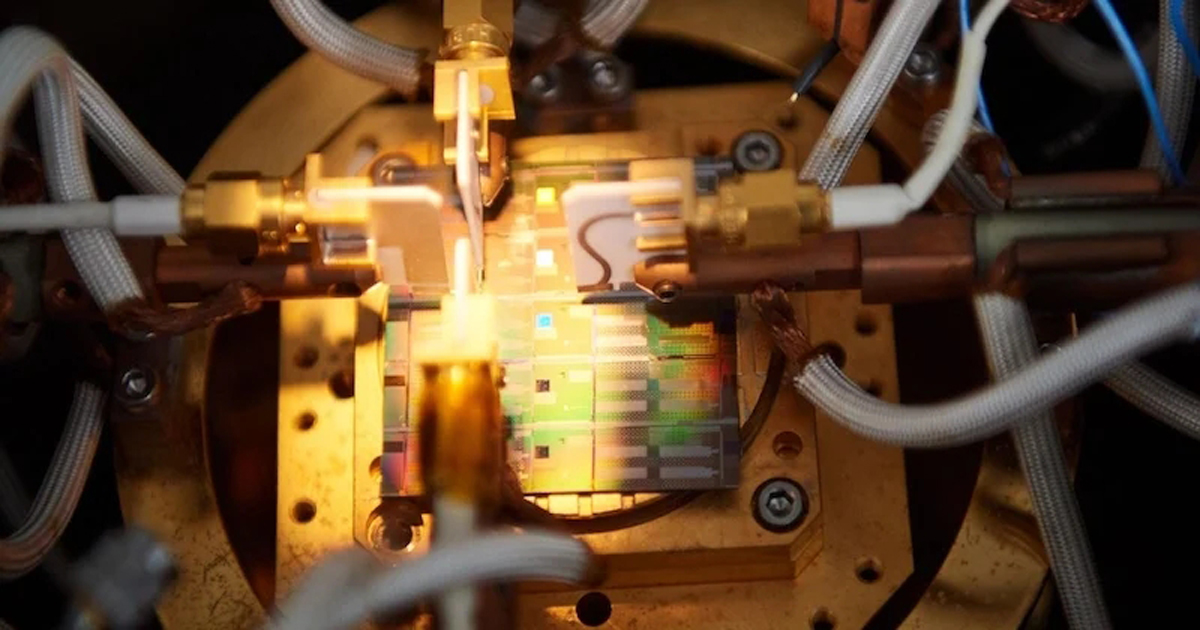Asset Tracker Test Proves Efficacy of ZETA, a New LPWA Network
Socionext and Techsor recently tested the indoor and outdoor performance of IoT tags using the low-power wide area network ZETA—and the results showed bright promise for asset tracking.
Socionext and Techsor, both headquartered in Japan, recently conducted an asset tracking demonstration using their new ZETag asset tracking modules. These modules are based on ZETA technology, a low-power wide area (LPWA) IoT sensor network that works in sub-GHz bands.
Chips with ZETA LPWA functionality can operate with 1.8–3.6 V and have a standby current draw of <= 5 uA and 20 mA when actively transmitting at 10 mW with 1 kbps data rate—providing a range of 3–5 km.
The ZETag tested in the recent experiment used a ZETA LPWA large-scale integration (LSI) IC called SC1330A, developed by Socionext, Techsor, and ZiFiSense in 2021. After Socionext and Techsor's recent indoor and outdoor asset tracking test with the ZETag, the companies concluded that it delivers dramatic reductions in LPWA cost along with improved speed, range, and reliability.
Implementation of the SC1330A LSI in the ZETag.
The Need for LPWA Networks
Before we delve into the specifics of Socionext and Techsor's ZETag demonstration, it may be helpful to first review the place of LPWA networks like ZETA in the IoT ecosystem.
The silent workhorses of the IoT are vast arrays of small sensors, tracking nodes, and lightweight control installations. These applications often don’t have access to reliable power or wireless bandwidth. Fortunately, they don’t require more than a few bytes to be passed back and forth on an occasional basis.
This is where LPWA networks come in. LPWA networks are optimized for low-power, small-data applications. ZETA LPWA, specifically, uses something called "Advanced M-FSK" modulation, which allows data rates between 20 bps and 200 kbps with up to -149.2 dBm receiving sensitivity. ZETA LPWA devices can communicate from platforms in motion up to 120km/h. ZiFiSense claims that chips with Advanced M-FSK can have three times the data rate of traditional LPWA products at the same sensitivity or operate with improved sensitivity at similar data rates.
ZETag Triumphs in Indoor and Outdoor Trials
Socionext's ZETag is a self-contained implementation of the SC1330A LSI that includes a battery, antenna, temperature sensor, and accelerometer. In the test, the ZETags were attached to computer monitors spread across 3,700 square meters on two floors of Socionext’s Kyoto office. All were managed through a single access point, capable of managing up to 50 devices.
ZETag LPWA network structure.
The two-month project monitored all of the devices, detecting movement and tracking ambient temperature. The ZETags were programmed to transmit at specific timed intervals or when the accelerometer detected movement. Socionext’s Microsoft Power-BI-based visualization platform analyzed the collected data. With onboard processing power and data packets of up to 50 bytes, a variety of environmental, location-based, or triggered sensor types could be integrated into the system.
With this recent indoor demo and a prior outdoor demo in September 2022, the ZETags have been validated in two very different operating environments. Wireless systems typically have an easier time outdoors due to the absence of walls and a lighter RF interference load.
Fixed and Mobile Applications
The range and versatility of the ZETags may open up asset-tracking applications both inside and outside of handling facilities. Receiving stations at hubs combined with ZETags could replace the less reliable barcode tracking systems. Tags don’t need a line of sight, so the same level of tracking can take place without unloading a vehicle or shipping container. 
ZETag architecture.
The SC1330A single-chip IC fits in a 4 mm x 4 mm QFN package complete with a 32-bit RISC-V CPU, signal processor, GPIO, I2C, SPI, UART, and external interrupt. The chip is a one-way device, with two-way communication versions promised soon. Pricing was not available at the time of this writing, though the part is described as a lower-cost option than older LPWA alternatives.
The ZETA LPWA Ecosystem Grows
With this set of demonstrations, Socionext and Techsor validated new, enhanced ZETA LPWA network capabilities for IoT sensor networks. The SC1330A looks to be a solid first implementation of ZETA technology, with more capable chips on the way.
Socionext isn’t the only company in the ZETA LPWA market. STMicroelectronics is one of approximately 40 Zeta Alliance partners working on applications. STMicro has added ZETA LPWA to its STM32WL sub-GHz wireless MCUs. The company hopes to leverage this technology to help developers worldwide get products to market faster.
As with any new IoT network, the tipping point of ZETA LPWA's success will hinge on its power, range, reliability, and convenience. If ZETA LPWA is more widely adopted, it could extend the benefits of better tracking, monitoring, and control for everything from home lightbulbs to manufacturing pipelines.


.jpg)
